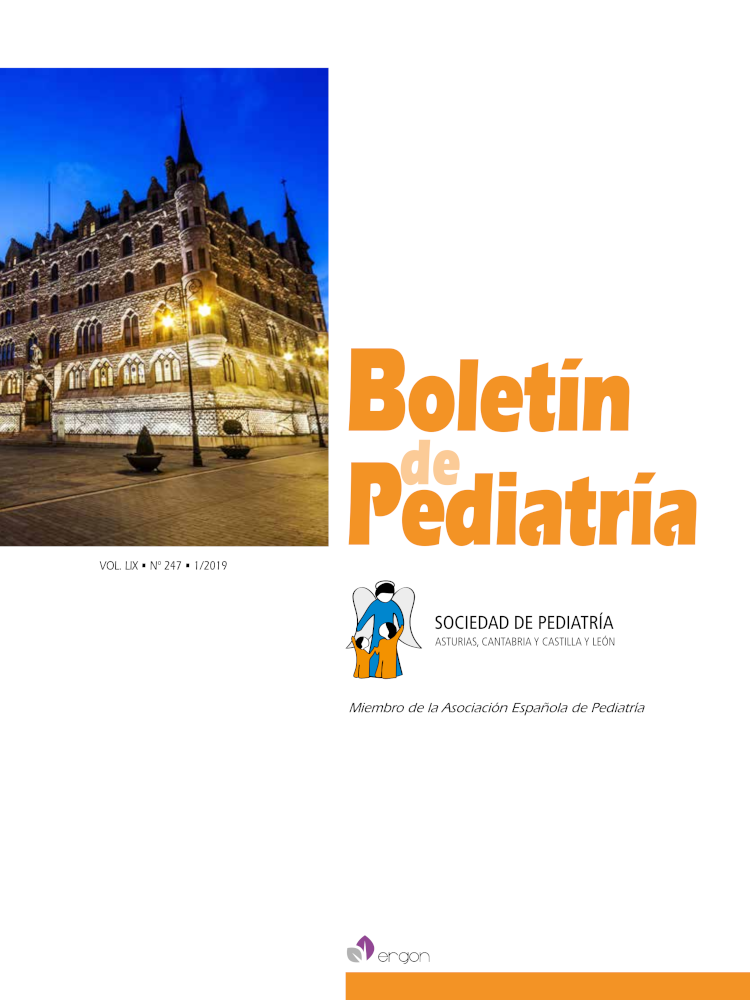Abstract
Malignant neoplasms constitute the first cause of death in children over 1 year of age in developed countries. Pediatric surgery plays an important therapeutic role in childhood cancer on different sides: removing tumors, placing vascular access devices, metastasis management and complications. Pediatric oncology is a dinamyc specialty with constant updates and changes in protocols. the principal aim of this report is an updated review of more common solid tumors and their specific surgical aspects: neuroblastoma, Wilms’ tumor, hepatoblastoma, ovarian tumor, testicular tumor and rhabdomyosarcoma. Neuroblastoma is the most common extracranial solid tumor in chidhood. Wilms’ tumor and neuroblastoma usually appears as an asyntomatic abdominal mass. the risk group, age, biological factors and histologic analysis allow to assign a risk stage to each patient, that has prognostic value and determines the specific treatment for each case of neuroblastoma. Nephroblastoma or Wilms’ tumor is the most frequent malignant kidney tumor in children. UMBrella is the new protocol of Siop based on preoperative chemotherapy to reduce the size of the tumor and surgery after. The classification PRETEXT (Pretreatment Extent of Disease) is important in cases of hepatoblastoma because defines the extent of hepatic infiltrated parenchyma, so we can know about its resectability and the response to chemotherapy. A soft-tissue mass is probably a reactive process or a benign tumor, since malignant soft-tissue tumors are rare. rhabdomyosarcoma has a good response to chemotherapy, so wide resections and radical surgery are not current techniques. With regard to gonadal tumors in childhood, unlike adults, germ tumors predominate, in particular teratoma. Sparing surgery is the current treatment to preserve future fertility. over the last several decades, the advances in cancer treatment have achieved an increased survival in most of childhood tumors, thanks to multidisciplinary approach from diagnosis.

This work is licensed under a Creative Commons Attribution-NonCommercial 4.0 International License.
Copyright (c) 2019 Boletín de Pediatría
